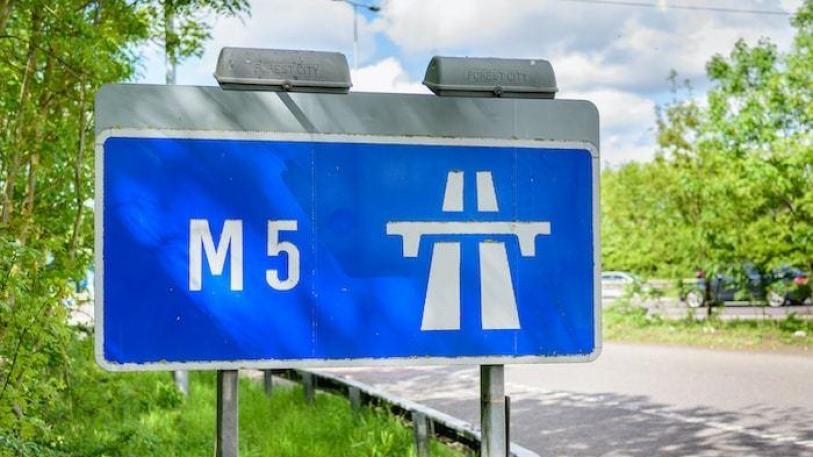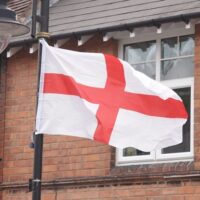Kempsey may appear a quiet riverside village today, but dig beneath the surface and you’ll find a place shaped by ancient settlers, Roman soldiers, Saxon monks, rebellious barons, and even royal courts. Few villages in Worcestershire – or indeed England – have a history as rich and diverse as Kempsey.
From Bronze Age settlers to Civil War drama, from a thousand years of worship to the ghost of a naked cavalier – this is the living history of Kempsey.
Why Here? Why Kempsey?
Over 3,000 years ago, much of Britain was forested and wild. But Kempsey stood out. Its raised ground near the River Severn offered water, food, and natural defences. Archaeological finds – such as Bronze Age spearheads and Iron Age pottery – confirm that early humans recognised Kempsey’s strategic value. The land around what is now St. Mary’s Church was ideal for settlement, fortified with an earth rampart or agger.
The name “Kempsey” is thought to have evolved from Kemys Eye – meaning “Kemys’s Island” – referring to a chieftain’s fortified marshland village.
Kempsey Through the Ages: A Timeline
| Date | Event |
|---|---|
| 1500–800 BC | Early Bronze and Iron Age settlements. Artefacts found at Court Meadow and in the Severn. |
| Pre-Roman Era | Celtic chieftain Kemys establishes fortified settlement. |
| AD 43–410 | Romans build a camp in Kempsey to protect the Saltway and river ford. Coins, bricks, and pottery discovered. |
| 538 | Saxon brothers sack Worcester; Roman fort likely falls. Saxons begin settling in the area. |
| 661 | Christianity reaches Mercia. Kempsey sees formation of a small religious community. |
| 799 | Monastery founded under Abbot Balthun. |
| 868 | Chantry chapel built. Later destroyed by Danish raids. |
| 1033 | Bishop Leofsy dies at Kempsey. Suggests ongoing religious activity. |
| 1086 | Kempsey recorded in the Domesday Book. Population includes villagers, smallholders, priests, and slaves. Value halved post-Conquest. |
| 1159 & 1186 | King Henry II stays in Kempsey and holds court at the Bishop’s Palace. |
| 1265 | Henry III and Simon de Montfort both lodge in Kempsey during the Second Barons’ War. |
| 1276–1291 | King Edward I visits three times, travelling by barge from Worcester. |
| 1642–1651 | Civil War. Kempsey supplies both sides; fined for not sending enough labourers. |
| 1659 | John Redding fined for growing tobacco; evidence of Puritan influence. |
| 1700s | Coaching traffic thrives; over 20 coaches pass daily. Windmill in operation. Village prosperity dips with rise of the railway. |
| 1830–1895 | Horse chestnut tree grows from a tomb inside St. Mary’s Church – becomes a local spectacle. |
| 1850s | Famous photo of Kempsey Windmill taken by Benjamin Brecknell Turner, now in the V&A Museum. |
| Modern Day | Kempsey continues to grow, balancing its rich heritage with community life in the 21st century. |
Romans, Saxons, and Sacred Ground
The Romans saw Kempsey as a key military and transport hub, guarding the river crossing and monitoring activity along the Saltway trade route. Their presence is confirmed by coins from emperors like Caligula, pottery shards, and the remnants of a timber bridge across the Severn.
Later, the Saxons left subtler traces – seen mostly in place names like Napleton (apple enclosure) and Draycot (small house). As Christianity spread, Kempsey became a spiritual centre. By 661, missionary monks were active in the area, and a wooden church likely stood on the current church site.
Kings, Courts and Conflict
Kempsey’s importance grew throughout the Middle Ages. The Bishop of Worcester maintained a residence here — and three English kings made visits.
- Henry II held council and court in the village, reinforcing his legal reforms.
- Henry III was briefly held here by Simon de Montfort during a baronial rebellion.
- Edward I, known as the “Hammer of the Scots”, stayed in Kempsey on multiple occasions and worshipped in its church.
Kempsey even played a minor role in the Civil War, supplying both Roundheads and Royalists. Local farmers were forced to contribute food, livestock, and manpower – sometimes under threat of fines.
Myths, Mayhem & Memory
No village history is complete without a few colourful characters:
- The Naked Cavalier: A ghostly Royalist said to haunt Kempsey’s lanes, naked save for his boots and hat, after a romantic misadventure ended fatally.
- Dick Turpin’s Heist: The infamous highwayman is rumoured to have robbed a nobleman near Draycott Lane, using a felled tree to block the road.
And then there’s Kempsey Windmill, which stood proudly for over 800 years and was immortalised in one of the UK’s oldest surviving photographs, now housed in the Victoria & Albert Museum.
Kempsey Today
Kempsey continues to evolve – a growing, thriving village that hasn’t lost touch with its past. From its prehistoric roots to its digital future, our story is ongoing.
Through Kempsey.co.uk, we’re preserving and celebrating that story, inviting locals and visitors alike to explore the remarkable journey of this riverside community.










